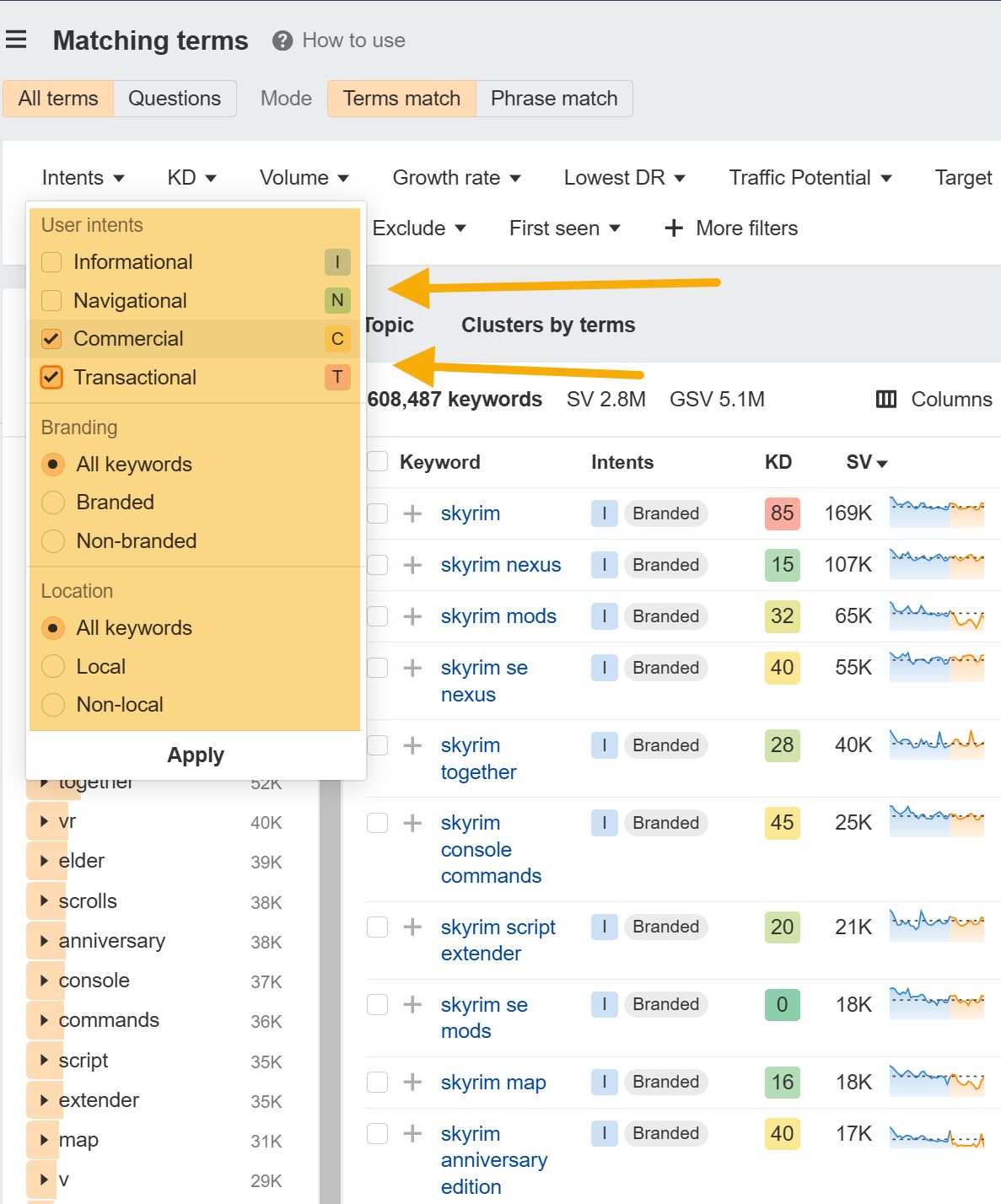The world’s largest search engine is always looking for ways to improve its user experience. We know that it’s Google’s incredible commitment and strong embrace of change drives that its continuous algorithm updates— but let’s be honest— there seems to be a new update like every freaking week.
It’s hard to keep up with the ever-evolving landscape of Google; marketers and SEOs simply don’t have time to scour the internet trying to research the latest news on SERP changes.
But Google’s BERT update is what some are considering “the biggest change to Google’s algorithm in five years.” And since this algorithm update is projected to affect one in ten search queries, it’s probably worth knowing a thing or two about!
Here’s the skinny on papa BERT:
What’s Big Ol’ BERT All About?
Google announced late October 2019 that it’ll now be applying BERT models to search. For some SEOs, it was the first time they heard this mysterious term.
I’m sorry, but WTF is BERT?
Spoiler alert: It’s not our yellow muppet friend from Sesame Street.
BERT is an acronym for “Bidirectional Encoder Representations from Transformers.” Now, we get this also probably doesn’t answer your question, because that’s just a lot of big-word nonsense to the average searcher.
BERT is what Google calls, a “neural network-based technique for natural language processing (NLP).”
Remember how in James Cameron’s AVATAR movie the blue creatures communicated with this vast network of souls through this magical tree?
Well it’s kind of a lot like that— or at least that’s the image we’re conjuring here to help you understand the analogy! Google taps into its massive neural network to decode the intent behind what you’re searching.
The world’s largest search engine has started using a thing called transformers, or “models that process words in relation to all the other words in a sentence” to discern what a search really means.
BERT in Action
Search Engine Journal and Income School demonstrate a great example of BERT’s new smartypants deep learning algorithm.
Recommended For You Webcast, November 27th: Why Podcasting is the Ultimate ABM Strategy
Register Now
In the above linked videos and articles, they demonstrate how a search query for “how to catch a cow fishing” might sound ridiculous to some. And in the past, the world’s largest search engine was equally confused, serving images of cows and a few fishing lines.
In light of the late 2019 BERT update, Google understands the user was actually asking about a “cowfish,” a glorious yellow sea creature and not a moo-ing, four-legged land animal.
Since Google can now comprehend that “fishing” was associated with “cow,” (vs. just two seemingly unrelated terms) the search engine could now serve a more accurate result page— providing links to the intended fish instead of farm life.
With the incredible algorithm update, Google’s come a long way from earlier years— where SEOs highlighted it’s trouble with decoding intent time and time again.
It’s… it’s ALIVE!
Okay, well not really. But here’s the catch: this algorithm is capable of learning.
Over time and with multiple refined queries, BERT develops and understanding of different associations. This natural language processing (NLP) has incredible power is sure to only improve search results in the future.
Google’s even allowed open sourcing on this technology, stating, “With this release, anyone in the world can train their own state-of-the-art question answering system (or a variety of other models) in about 30 minutes on a single Cloud TPU, or in a few hours using a single GPU.”
Sharing the wealth? Sounds a lot like Google: sticking to the search engine’s core value of improving the online experience for all— not just them.
What to Change in Light of BERT
For the SEOs dedicated to providing a sensational user experience by creating informative, helpful content, we have wonderful news! You will not need to modify your content strategy to stay up-to-date with the BERT algorithm change.
Google’s own Danny Sullivan agrees, tweeting, “There’s nothing to optimize for with BERT, nor anything for anyone to be rethinking. The fundamentals of us seeking to reward great content remain unchanged.”
But if you are not utilizing the power of pillar pages and topic clusters, you might have some work cut out for you. Check out our linked article to help Google understand the semantic relationship between your topics and target keywords, and come up for multiple intent-based queries on the SERPs.
Start Ranking with Irresistible Content
Google’s recent algorithm update just supports the search engine’s effort to serve valuable content to its searchers. Are you creating content that your audience actually wants and needs or just a bunch of marketing fluff?
In our playful “cookbook,” we’ll discuss eight tactics for creating better content, delicious, steaming content that Google won’t be able to resist serving on its SERP menu.
Download our free Google Ranking Casserole ebook today!
Content Copyrights Belong to The Author. All Rights Reserved.
We're A Dallas Digital Marketing Agency That is Experts At Social Media Marketing, Website Design and Emarketing and Promotion.






